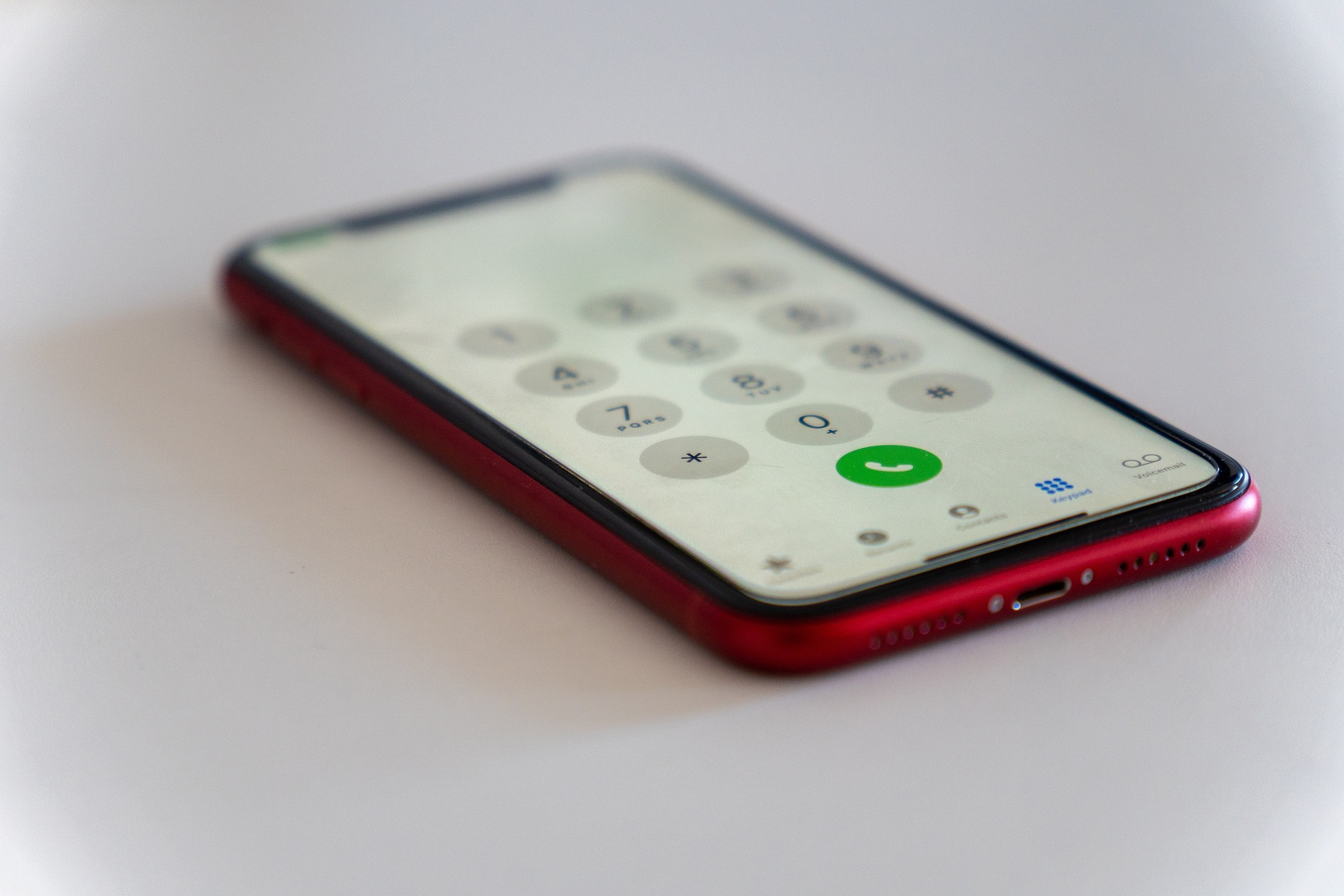Address
38 Eastwood Drive, Suite 401
South Burlington, VT 05403
Work Hours
Monday to Friday | 8AM—5:30PM EST


Customers have high expectations when calling a business. They don’t want to deal with hold times or a series of transfers. Even worse, their call goes to voicemail. This leaves them with an unpleasant experience at best. Geo-based call routing ensures that customers reach the right location (or person) every time they call your business.
Geo-based call routing offers many benefits. It makes sure that your callers can reach your business as quickly and easily as possible every time, no matter where they are. It’s also incredibly accurate.
Geographic routing starts as soon as a person dials a phone number by detecting the caller’s physical location. This information is used to route the call appropriately, and according to the rules a business sets.
These options are just a few of the many geo-based call routing solutions that are available:
Call prompt routing is a very popular option; one which many people are familiar with if they’ve ever called a company. This method involves presenting a caller with an automated menu with a list of options, prompting said caller to make a selection. These options may involve choosing a location (perfect for businesses with multiple sites in the same area), or they may be more internal-focused, asking the caller to select a specific department in a company. Call prompt routing not only helps callers connect to the right person with little to no hassle, but it also eliminates spoof dialing because it requires human interaction.
Call percent allocator determines how incoming calls are distributed, whether it’s among company sites in different (but close) locations, or within a company itself among the contact center agents. This is accomplished in two ways: The first is done in a Round Robin fashion to provide an equal distribution of calls across ring-to numbers. This helps guarantee that all locations and/or agents are receiving the same amount of calls so that agents have enough work without feeling overworked.
The second way is with Weighted Call Distribution, in which calls are distributed among locations using assigned percentages. For instance, one location may receive 20% of incoming calls, one may receive 50%, and a third may receive 30%. This method is most effective for businesses whose multiple locations may have varying staffing resources, causing some sites to be better equipped to handle more incoming calls than others.
Exchange routing sends callers to a specific ring-to-number, based on their phone number’s area code and exchange. This method allows for specific territories to be routed to specific locations and helps control the market area. With closest location routing, calls are routed to the business location closest to the caller within a customized radius, again based on area code and exchange.
Callers can receive even more options with enhanced closest location routing, where an automated menu presents the caller with up to 4 four locations within a 25-mile radius. This makes it easier for the caller to find the location that works best for them; it also helps guarantee more business for that location.
However, routing calls based on phone numbers alone may not always be the best option for a business, particularly a franchise with locations across numerous states. For instance, when someone dials a company number from their cell phone, routing sees detects a Houston area code and routes the caller to a company located in Houston. But what if the caller has a Houston phone number, but is currently living in Los Angeles?
In cases like this, those routing options are not at all helpful. But geo-based routing, such as mobile call routing, can solve this issue. At 800response, our patented mobile routing solution pinpoints a caller’s precise geographical location. Our software uses that information to route the call to the site that is truly closest to them.
Another geo-based routing option is zip code routing, where callers use their current zip code to locate the nearest company site. This option can be programmed to be effective with or without a caller entry of the zip code. These routing applications ensure callers always reach the right destinations.
Advanced call routing is more efficient and improves the customer experience. And the faster customers can get in touch with a business, the faster a potential sale can close.
We offer a wide range of call routing applications to handle your inbound phone calls. Our experienced Account Managers will work with you to determine which solution is best for you. We’ll pick the most effective routing solution based on the size of your business, the number of locations you have, their proximity to each other, and more. No matter what type of phone your customers are calling from, our geo-based routing applications will route your callers accurately, seamlessly, and quickly.
Contact an experienced Account Manager to learn more about what makes 800response unique. Or click here to call us today!